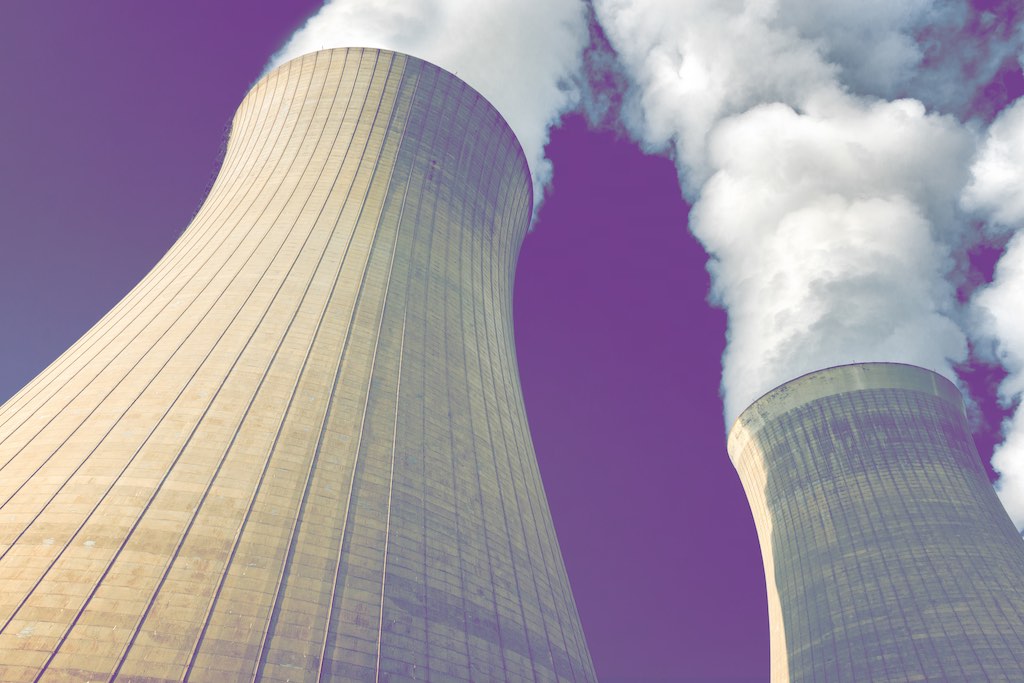Nuclear industry has a strong commitment with safety and therefore it has a strong regulation.
Standards and legislation of the nuclear industry
Almost every country that produces nuclear power has local regulations and legislation with their own requirements, covering all stages of the lifecycle of nuclear installations. Fortunately, conformance with International Electrotechnical Commission (IEC) Sub-Committee (SC) 45A standards are accepted in most of the international projects in relation with safety related Instrumentation and Control (I&C) systems of Nuclear Power Plants(NPPs).
The IEC SC 45A standards series consistently implement and detail the principles and basic safety aspects provided in the International Atomic Energy Agency (IAEA) Code on the safety of nuclear power plants and in the IAEA safety series, in particular the IAEA safety guide SSG-39 dealing with the design of I&C systems for NPP.
The top-level document of the IEC SC 45A standard series is IEC 61513 Nuclear power plants – Instrumentation and control for systems important to Safety – General Requirements for Systems. This standard deals with requirements for Nuclear Power Plant I&C systems important to safety and lays out the SC 45A standards series.

IEC 61513 refers directly to other SC 45A standards for general topics related to categorization of functions and classification of systems (IEC 61226), qualification (IEC 60780), separation of systems (IEC 60709), defense against common cause failure (IEC 62340), software aspects of computer-based systems (IEC 60880 and IEC 62138) and hardware aspects of computer-based systems (IEC 60987). The standards referred directly at this second level should be considered together with IEC 61513 as a consistent document set.
IEC SC 45A standard series are written to be fulfilled by I&C systems in a Nuclear Power Plant, therefore if a manufacturer wants to commit with its requirements for a specific product or platform, it is necessary to adapt the requirements and recommendations given for I&C systems to I&C products and platforms.
Safety related I&C Nuclear standards: Consultancy services
Regarding this, Tecnatom is providing consultancy services for both:
- Design of safety related I&C systems in NPPs considering concepts as defense in depth, diversity, independence or defense against common cause failure. The design basis of the overall I&C architecture and I&C systems is obtained applying a top down approach, deriving from the plant safety design basis and concept of operation,
- Assessment against requirements of IEC 61513 for products/platforms. How these requirements are identified will be explained in the next part of this article.
Safety category of I&C functions
Each I&C function in an NPP has a safety category and shall be implemented in a system of certain safety class as is defined in IEC 61226. The safety class of a system determine the requirements related to the reliability of the system. The process of determining whether a system or component is suitable for operation use is called qualification. The qualification is performed in the context of a specific class of the I&C system and a specific set of qualification requirements.
Qualification of I&C systems is always a plant and application specific activity while product/platform qualification relies to a large degree on qualification activities performed outside the framework of a specific plant design (these are called “generic qualification” or “pre-qualification”).
The advantages of using pre-qualified products
The benefit of using pre-qualified products is that modules are tested and analyzed prior to I&C system implementation without need for repeating test and analysis. Of course, the pre-qualification of the product can only support but not replace the I&C system qualification. For Computer Based systems, the pre-qualification includes the hardware and the not plant-specific software.
Since the product/platform is developed prior to be used in a plant application, the development of the product requirements must use engineering judgment to foster the enveloping requirements, extracted from the main IEC SC 45A standards. Summarizing these requirements are:
- Proper documentation of functionality and properties of all components
- Requirement related to the intrinsic design of the product, called “design constraints” in IEC 61513, dependent upon the class of the system, which restrict the choice of potential pre-existing products to be used in a plant system; and
- Product related topics pre-qualification:
- Manufacturer quality assurance
- Hardware (functional and environmental) qualification, and
- Evaluation and assessment of the quality of the operational system software.
From the point of view of the product manufacturer all these requirements should be fulfilled in order to have success in the suitability analysis of a NPP when is selecting the proper product/platform to implement one of the safety related I&C systems of the facility.
Although the pre-qualification of the product is not mandatory, its availability is an added value for the selection of the product for a given system in a NPP.
Tecnatom can help you to identify the specific requirements to be addressed by your product and to detect the main gaps to fulfil those requirements with success.






